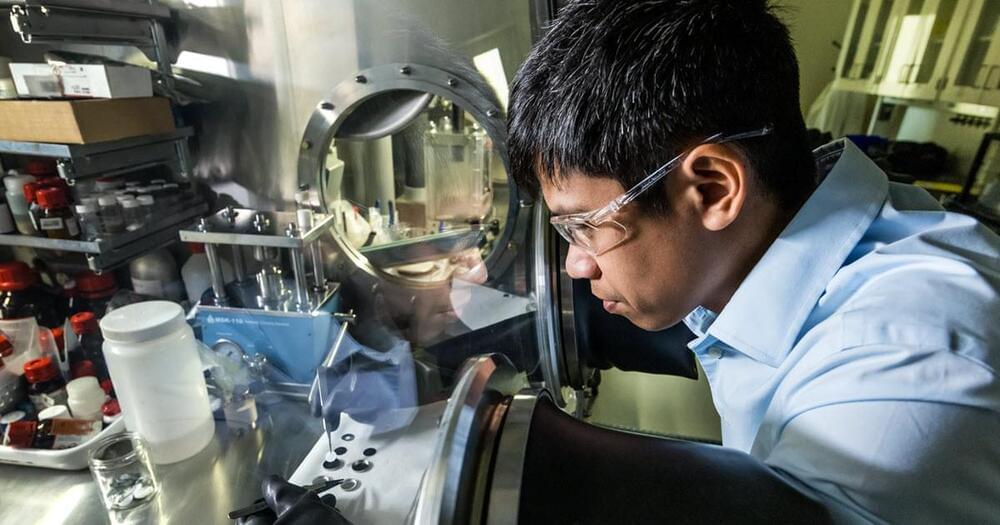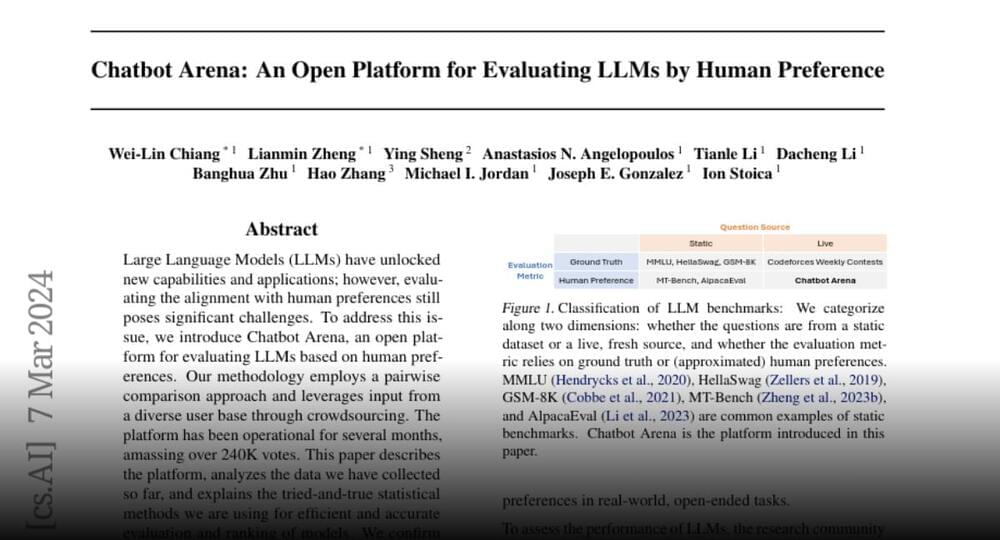One of the cornerstone challenges in machine learning, time series forecasting has made groundbreaking contributions to several domains. However, forecasting models can’t generalize the distribution shift that changes with time because time series data is inherently non-stationary. Based on the assumptions about the inter-instance and intra-instance temporal distribution shifts, two main types of techniques have been suggested to address this issue. Both stationary and nonstationary dependencies can be separated using these techniques. Existing approaches help reduce the impact of the shift in the temporal distribution. Still, they are overly prescriptive because, without known environmental labels, every sequence instance or segment might not be stable.
Before learning about the changes in the stationary and nonstationary states throughout time, there is a need to identify when the shift in the temporal distribution takes place. By assuming nonstationarity in observations, it is possible to theoretically identify the latent environments and stationary/nonstationary variables according to this understanding.






